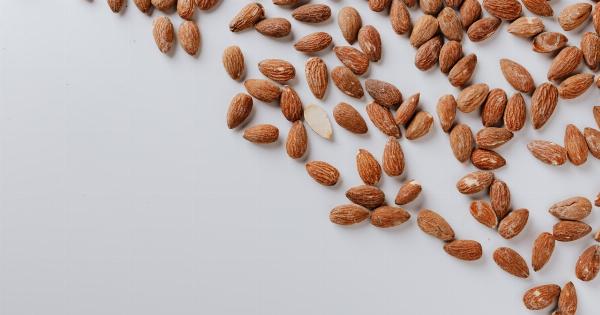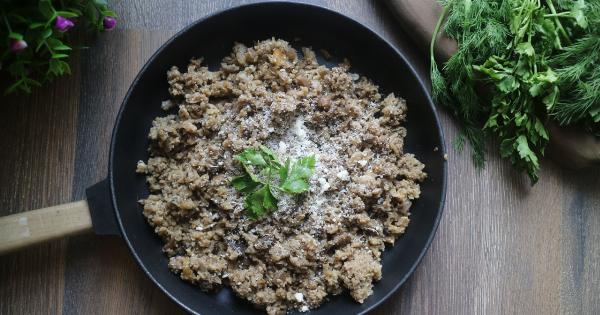If you have started to pay attention to the diet world, you may have heard about the keto diet. Keto diet has recently gained popularity, and many people claim that it’s an effective way to lose weight and improve overall health.
However, there are many misconceptions and misunderstandings about the keto diet, which can be overwhelming for those who are new to this diet.
What is the Keto Diet?
The keto diet, also known as the ketogenic diet, is a high-fat, low-carb diet that has been used for decades to treat epilepsy, especially in children.
The diet aims to put your body in a metabolic state called ketosis, where your body burns fat instead of carbohydrates for energy. The diet typically involves eating high amounts of fat, moderate amounts of protein, and very low amounts of carbohydrates.
How Does the Keto Diet Work?
When you consume less than 50 grams of carbohydrates per day, your body begins to use fat as its primary source of energy. This metabolic state is called ketosis.
In ketosis, your liver produces ketones from fat, which are then used by your body as an alternative fuel source.
The idea behind the keto diet is to force your body into ketosis by drastically reducing your carbohydrate intake and increasing your fat intake. By doing so, you deplete your body’s glycogen stores, which are used to store glucose.
Once your body’s glycogen stores are depleted, your body begins to burn fat for energy instead of carbohydrates.
What Can You Eat on the Keto Diet?
On the keto diet, you should focus on eating high-fat foods and avoiding high-carb foods. Here is a list of foods that you can eat on the keto diet:.
- Meats (beef, pork, lamb, chicken, turkey, etc.)
- Fish and seafood
- Eggs
- Dairy products (cheese, butter, cream, etc.)
- Healthy fats (olive oil, coconut oil, avocado oil, etc.)
- Low-carb vegetables (leafy greens, cauliflower, broccoli, zucchini, etc.)
- Nuts and seeds (almonds, macadamias, chia seeds, etc.)
- Herbs and spices
- Low-carb sweeteners (stevia, erythritol, etc.)
What Foods Should You Avoid on the Keto Diet?
Here are some foods that you should avoid on the keto diet:.
- Sugary foods (sodas, candy, ice cream, etc.)
- Fruits (except avocados and berries)
- Grains (bread, pasta, rice, etc.)
- Starchy vegetables (potatoes, corn, peas, etc.)
- Processed foods (chips, crackers, etc.)
- High-carb condiments (ketchup, barbecue sauce, etc.)
What are the Health Benefits of the Keto Diet?
According to some research, the keto diet can have several health benefits:.
- Weight loss: Since the keto diet involves consuming high amounts of fat and very low amounts of carbs, it can help you lose weight by reducing your appetite and increasing your metabolism.
- Improved blood sugar control: By reducing your carb intake, the keto diet can help improve your blood sugar control, especially for people with type 2 diabetes.
- Reduced inflammation: The keto diet has anti-inflammatory benefits since it eliminates many inflammatory foods.
- Lowered risk of heart disease: The keto diet can help lower your blood pressure, triglycerides, and cholesterol levels, which are all risk factors for heart disease.
What are the Side Effects of the Keto Diet?
While the keto diet has several potential health benefits, it can also have some side effects:.
- Keto flu: Many people experience flu-like symptoms, such as headaches, fatigue, and nausea when they first start the keto diet. This is known as the keto flu, and it usually goes away after a few days.
- Constipation: Since the keto diet is low in fiber, it can lead to constipation for some people.
- Bad breath: Some people may experience bad breath when they enter ketosis.
- Increased risk of kidney stones: The keto diet can increase the risk of kidney stones, especially for people who already have a history of kidney stones.
Is the Keto Diet Safe?
The keto diet is generally safe for most people, but it’s important to talk to your doctor before starting the diet, especially if you have any underlying health conditions.
Additionally, the keto diet may not be appropriate for everyone, such as pregnant women, people with liver or pancreatic diseases, and those with a history of eating disorders.
Conclusion
The keto diet is a high-fat, low-carb diet that aims to put your body in a metabolic state called ketosis. While it has some potential health benefits, it can also have some side effects.
It’s important to talk to your doctor before starting the diet and to be aware of the potential risks and precautions.


























